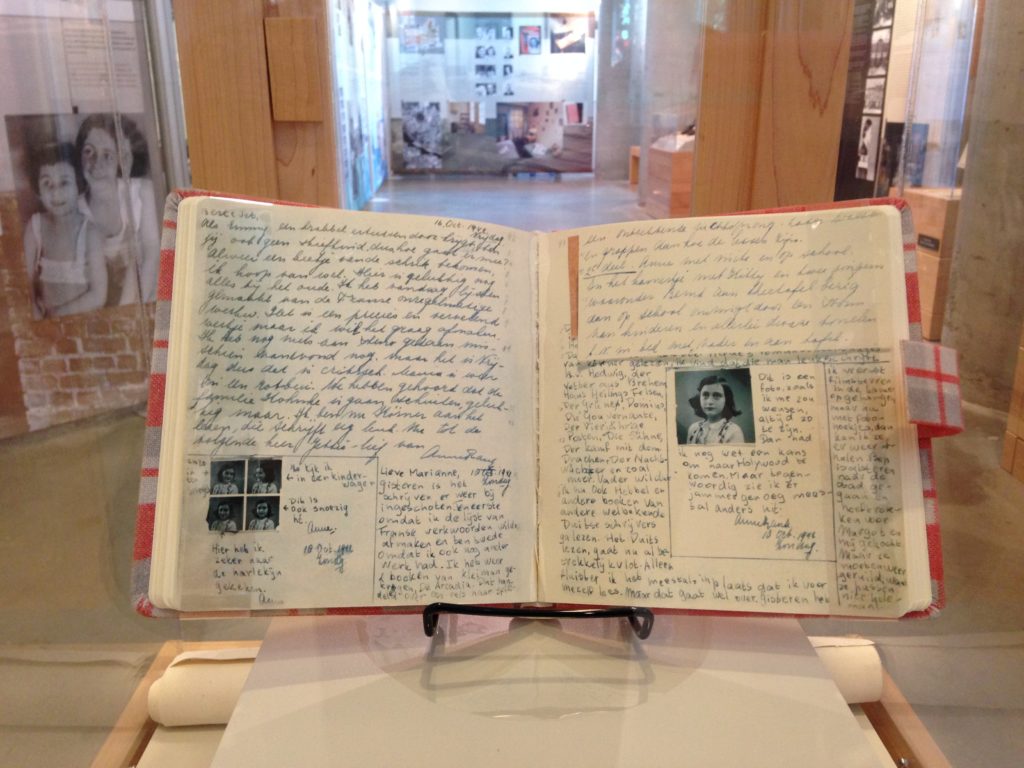
For many people around the world, Anne Frank is an icon of the tragedy of the Holocaust. Anne’s diary, chronicling her time in hiding, is held up as an iconic artifact portraying an experience that is assumed to simultaneously be a normative and unedited example of a hidden life. Through this course, we will examine selections from Anne Frank’s diary, artifacts from before she went into hiding, and scholarly works to get to know Anne Frank, the 13 year old girl, before and during her time in hiding. As we delve into excerpts of her writing, our analysis will aim to assess her writer’s voice, skill, and style, identifying her literary technique and understanding her personal career aspirations. Combining critical essays and engaging discussions, we will approach questions like “Was Anne Frank’s writing typical of a wider experience in hiding?”; “Was Anne Frank’s writing entirely reflective of her experience or was it part witness and part creative expression?’; “As compared to other pieces of witness writing, what does the writing of teenager offer that is unique in perspective, voice, and form?”; “Why has Anne Frank’s diary become a universal symbol and prototype of loss in the Holocaust?”. Ultimately, we will examine the way Anne Frank’s diary and hiding place in Amsterdam, which is now a museum, have taken on a larger-than-life meaning in the history of the Holocaust and popular culture.
Enrollment for this class is only open to girls.
